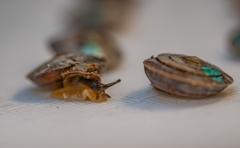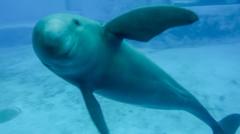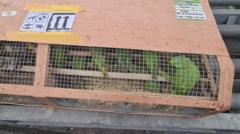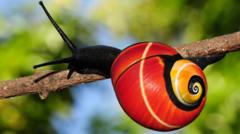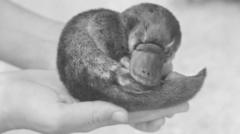More than 1,300 critically endangered snails, each just the size of a pea, have been released into the wild on a remote island in the Atlantic. This triumphant endeavor has brought two previously thought extinct species of land snails back to their native habitat on Desertas Island, located near Madeira. The last sightings of these snails were nearly a century ago, increasing concerns over their existence.
In a dedicated rescue initiative, conservationists unearthed a small remaining population on rocky cliffs of Deserta Grande island. Following several expeditions from 2012 to 2017, they confirmed the existence of around 200 surviving snails. To ensure their survival, these snails were transported to various zoos, including Chester Zoo in the UK, where they were nurtured in a specially designed environment.
At Chester Zoo, conservationists recreated the snails' natural habitat using mini habitat tanks filled with suitable vegetation and nourishment. In preparation for their return, 1,329 snail offspring were bred and identified with non-toxic colored dots that will facilitate monitoring after their release.
According to Dinarte Teixeira, a conservation biologist, the color coding will enable researchers to track the snails’ dispersal, growth, survival rates, and adaptability in their new environment. These bred snails were carefully transported to Bugio Island, a nearby sanctuary where invasive predators were eradicated, providing a secure home for the snails.
Gerardo Garcia from Chester Zoo emphasizes that this reintroduction marks a significant milestone in the recovery plan for these snails. He hopes this initiative will lead to future releases of additional snails in the upcoming spring. These advantageous creatures not only serve as a food source for other native species but are also vital in sustaining ecosystem health by breaking down organic matter and enriching soil nutrients.
Heather Prince from Chester Zoo highlights the ecological importance of these tiny snails, urging recognition of their role in maintaining balance within their habitat. As conservation efforts continue to thrive, attention turns to the long-term survival of these remarkable molluscs and their integral part in their ecosystems.

